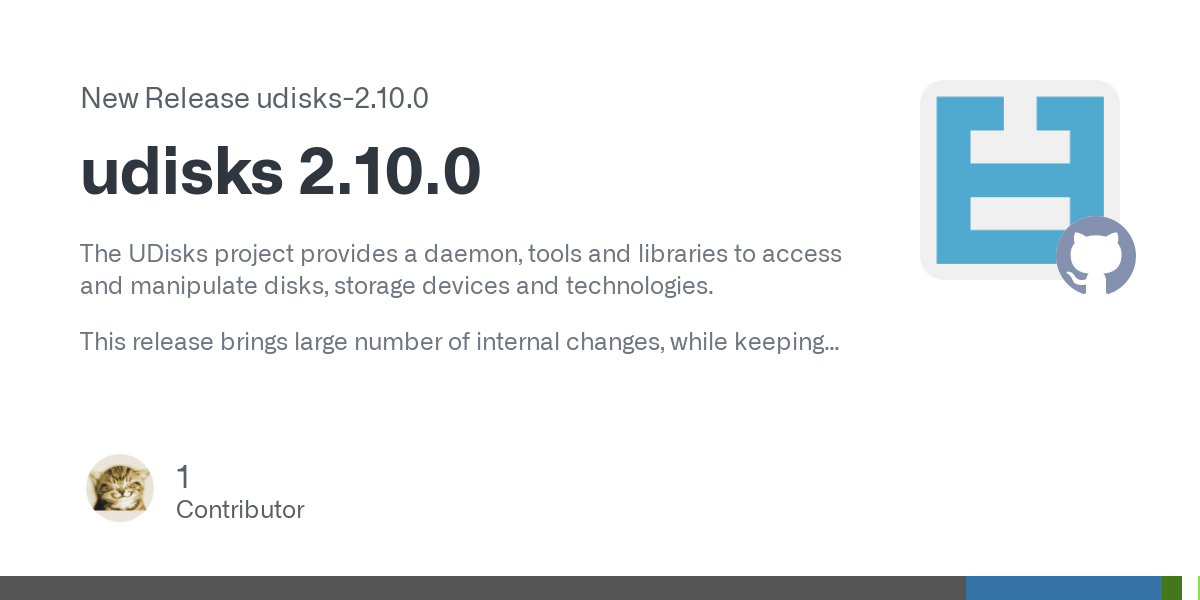Just make it ridiculous. Like instructions to get an artifact that will resurrect you from a museum in France… Then if it goes off by accident, it is comedy.
Centrist, progressive, radical optimist. Geophysicist, R&D, Planetary Scientist and general nerd in Winnipeg, Canada.
troyunrau.ca (personal)
lithogen.ca (business)
- 4 Posts
- 58 Comments
Network interruption would cause it to run then. Or an API change. Dangerously causing it to actually run.

 40·4 months ago
40·4 months agoThat reminds me…
In circa 1995 I was running a dial upBBS service – as a teenager. So if course, it was full of bootlegged video games and such, and people would dial in, download a game, log off.
Someone uploaded Descent or something like that. But they had put "deltree /y C:" or similar into a batch file, used a BAT2COM converter program, then a COM2EXE program, then padded the file size to approximately the right size with random crap (probably just using APPEND)… And uploaded it. Well, fortunately for the rest of my users, I say the game and said: oh, that’s neat, I should try it and copied it to another computer over my internal network and launched it. It started deleting files right away and I hit CTRL-C to abort. I lost only a few dozen files.
Banned the user, deleted the package. Got lucky.
I’ve met the devs in person. They keep turning down literal suitcases full of cash from people who want to bundle adware and crap in one of the most popular programs ever. Don’t assume VLC is going down that road – they’ve stuck to their ethics for decades.
I mean, python has pickle and people use that to store config. It’s a weird practice, and totally unsafe, but it works well enough. This wouldn’t be that different.
Yeah, this is an interesting element. Historically, allowing all members a veto, while also having no way to expel a member, means that any such institution is liable to outside meddling. The classic example is the https://en.wikipedia.org/wiki/Liberum_veto – in the Polish Lithuanian Commonwealth, any noble could veto anything. So all it took was buying a few nobles and it shattered.

 3·5 months ago
3·5 months agoOooh, I wish I had time for this. :)

 36·5 months ago
36·5 months agoI hate to alarm you but… What is a file system except dynamically allocated memory. ;)

 2·5 months ago
2·5 months agoHeh, that’s amusing ;)
We did do the high version numbers for alpha, beta, RC etc. leading into 4.0 as well.
You can find some of that here: 4.0 release schedule - go through the version history of that page. Fun times. (Makes me nostalgic.) You’ll note that the release date got pushed back a few times as more betas and things were inserted. You’ll also see version numbers like 3.97 for release candidates.
As a long term slackware aficionado, I agree that it meets the criteria. But it also is significantly different from other distros in enough ways that you may find yourself relearning things you took for granted. And that is off-putting for a lot of users.

 11·5 months ago
11·5 months agoNot a shill. Don’t like Nvidia. But, this drop-in replacement is more like a framework for a future fully compatible drop-in replacement than a fully functional one. It’s like wine from two decades ago to windows – you might get a few things to work…
No, it didn’t. But open source software follows the same cycles sometimes. The Gnome 2->3 transition is a simple example – they de-invented whole sections of the software to make a worse but newer dishwasher.
Hey, a lot of open source software is really warty too. But you could probably also blame that on capitalism if you tried hard enough :)
In this thread: a bunch of people making it more complicated than it needs to be.
Grab an old laptop, grab a user oriented distro that has a live-USB boot option. Play and learn.
Live USB options that should be user friend enough. Choose at random – because you like their logo or whatever.
https://pendrivelinux.com/put-mandriva-2010-on-a-usb-flash-drive-windows/
https://en.opensuse.org/SDB:Live_USB_stick
https://ubuntuforums.org/showthread.php?t=2230389
https://linuxmint-installation-guide.readthedocs.io/en/latest/burn.html

 3·5 months ago
3·5 months agoYou’re not wrong. KDE 1.x very much aimed at the Win95 market. They even directly targeted the windows userbase with jokes. The ordinal Win95 had a little fly-in animation that said “Where do you want to go today?” with an arrow pointing at the start menu. KDE 1.0 had this too, but it said “tomorrow” instead of “today”. Etc.
KDE also stole good ideas from wherever they were found. Trash is thus called because of Apple. The virtual desktops came from CDE. Etc. Sometimes it stole too much, and we would have discussions about flying too close to the sun, and tweak something so it would be just different enough not to raise the ire of lawyers.
Corel Linux was a KDE distro, so it largely had that familiar Win9x look, even if it felt different once you were actually using it. KDE later developed it’s own identity, but it retains its history and the baggage that comes with it.

 86·5 months ago
86·5 months agoI remember it and was there, on the KDE side of it. Summarized half-remembered version.
Corel WordPerfect had been ported to linux late in the 90s and they got this notion that people only bought Windows to use MS Office. So if they made their own OS, people would buy it just to use WordPerfect. They had grand plans to take KDE and linux and package it as a consumer grade OS. The closest other competitor doing that at the time was Caldera, and they were seeing some success, so why not eh?
They hired two people to “fix” KDE. But the people they hired had no idea how open source worked – how to interact with a community that functioned more like a meritocracy than a managed hierarchy. They showed up on the mailing list and tried to make demands – work on this, fix these bugs, adhere to our standards for this other thing, etc. When KDE didn’t jump to their whimsy, they sort of got annoyed and just decided to maintain a patchset or something.
The distro flopped hard. And it started with their management. They could have instead hired a half dozen KDE developers that were already contributing, started feature or bug bounty programs (like Google Summer of Code, which was great but came later), and possibly have pulled something amazing together.

 11·5 months ago
11·5 months agoIt’s funny. I was around from KDE 1.1 to about 4.7 and some of those decisions were things I was involved in directly… Like the branding shift towards KDE as a community (people sharing vision and development infrastructure) as opposed to KDE as a monolithic desktop environment. I haven’t been involved for ages now. I did some coding too, but not a tonne.
The KDE 4.0 release messaging was one of my core tasks. We had a release party in Mountain View – and we invited all the packagers for all the distros to the event. Linux community “luminaries” like Patrick Volkerding were there and it was a great party. But we thought that, by bringing all the packaging types there, we had the messaging problem bottled – and KDE 3.5 and 4.0 would be offered alongside each other as though they were different desktops entirely. (Like Gnome, or whatever… Just choose what to launch in your session manager.) What happened instead is that 3.5 was dropped like a hot potato and users fled 4.0. Distros didn’t want two versions of libraries installed, so running a 3.5 app in a 4.0 environment was difficult, but not all the 4.0 apps had been ported yet. Yikes! This is a huge reason for the subsequent split between version numbering of Desktop releases (later Plasma) and things like “Frameworks”.
Side note: we had even considered the idea of KDE (as a community) offering multiple desktop interface offerings, each with their own branding. So you could run Plasma, Kicker (a hypothetical KDE 3.x desktop environment ported to the current frameworks), etc. alongside applications from multiple versions of desktops. This was the reason the session management code was in KRunner rather than Plasma, for example. This would allow highly experimental user interfaces to be developed around the KDE libraries. But that never happened, as far as I can tell.
Anyway, for 4.0 – so much for Linux applications and the mantra “release early, release often.” Lesson learned. Linus, I’m so sorry for disappointing you. ;)






No one commenting on your playlist? You’re cathartic music experience is showing :)